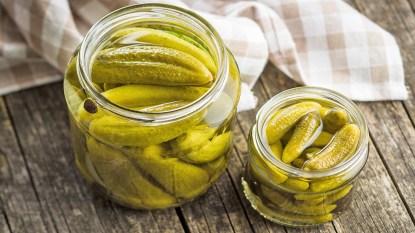From Elevating Recipes To Curing Springtime Sniffles — These 20 Herbs Serve Many Purposes
Save money and grow your own at home!
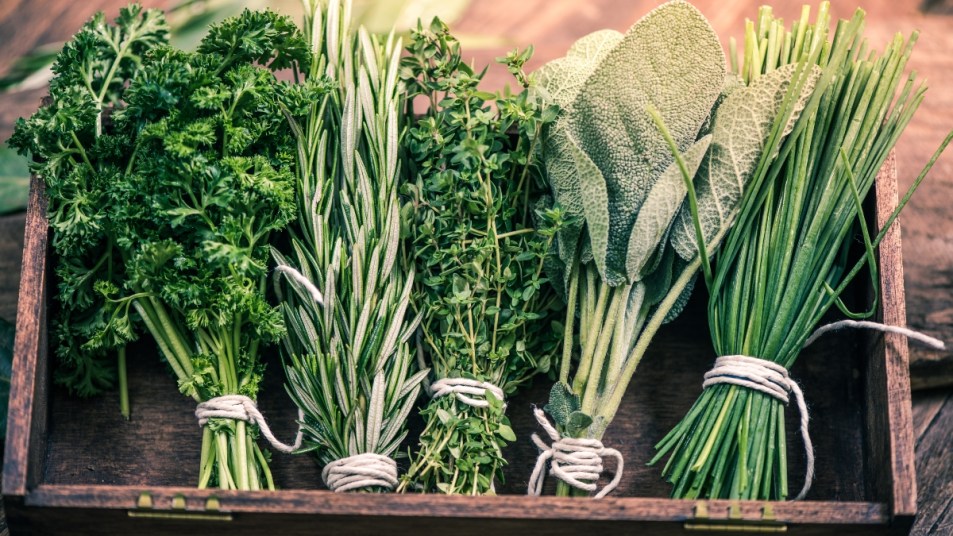
Herbs are some of the most versatile plants out there. When chosen correctly, they can elevate cuisine and take your flavor profiles to the next level. On the other hand, herbs have also been used for their medicinal properties since the beginning of time. Whether you’re tossing them into the latest recipe you’re testing out or taking a holistic approach to curing those spring sniffles, here’s a breakdown of how to use and grow 20 of the most popular herbs.
1. Basil
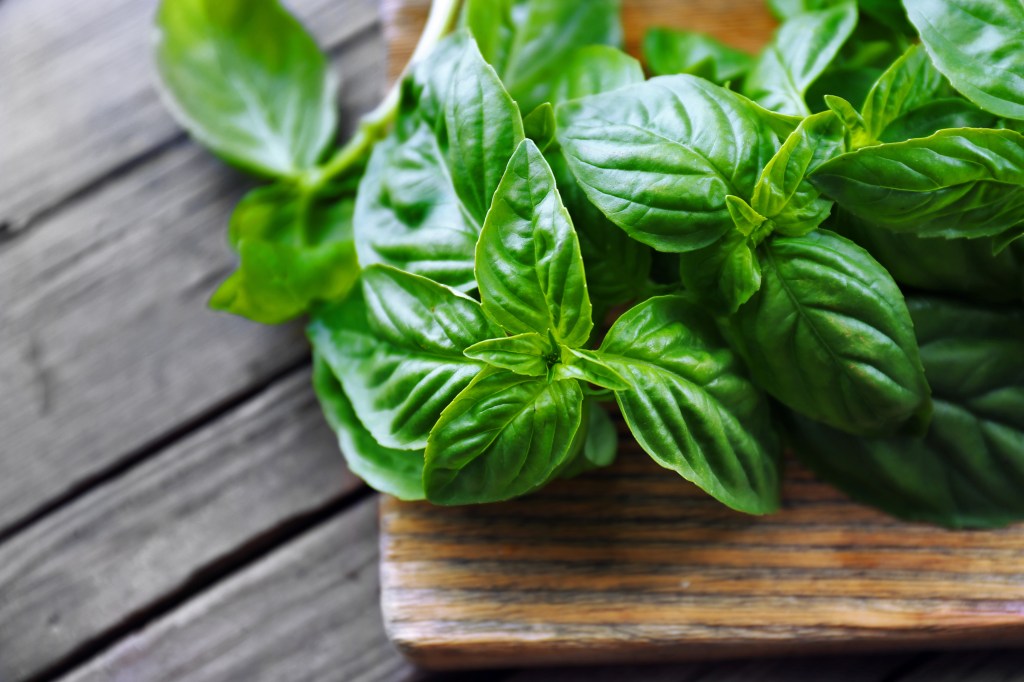
How To Grow: Basil grows quickly with well-draining soil and direct sunlight.
How To Use: Genovese and sweet basil are essential in Italian foods and Thai basil has a spicier flavor. It can also be used in drinks and cocktails!
Added Bonus: Fresh basil is chock-full of vitamins and antioxidants that lower blood pressure and reduce blood sugar. (Click through to learn about heavy metals in jarred spices and why growing your own may be your best best!
2. Bay Leaf
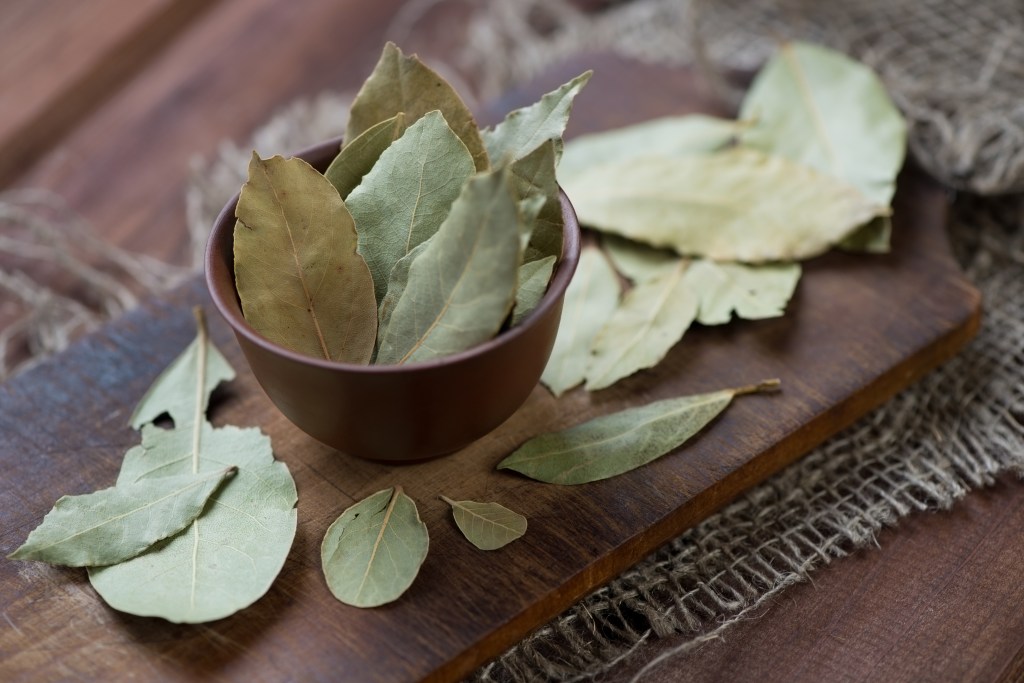
How To Grow: Bay trees prefer partial shade but develop better flavor when grown in full sun.
How To Use: Dried bay leaves pack an intensely savory punch and add depth and umami to dishes. People will often allow a bay leaf to simmer in a pot of soup to bring out the different flavors.
Added Bonus: Apply the essential oil to the scalp for dandruff or use it on joints and muscles for pain relief.
3. Chamomile
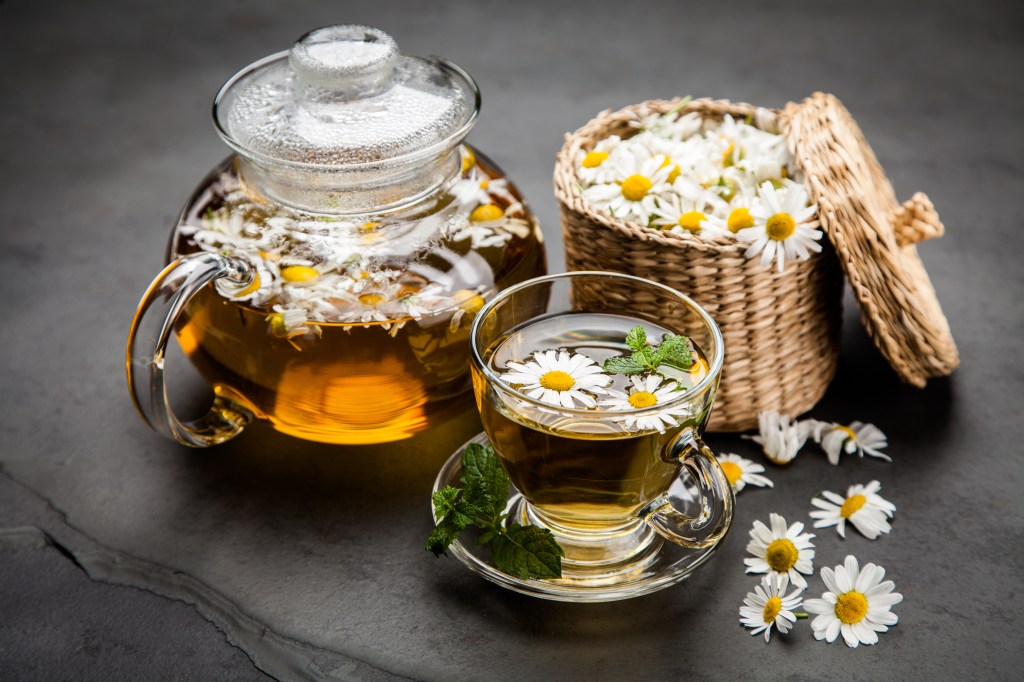
How To Grow: It can tolerate full sun as well as partial shade. Keep soil on the dry side to avoid root rot.
How To Use: Make a tea with chamomile flowers by steeping a few tablespoons in boiling water for five minutes.
Added Bonus: Use chamomile extract or oil to soothe sore muscles. Chamomile tea can also be consumed as a relaxant to help you sleep and wind down.
4. Chives
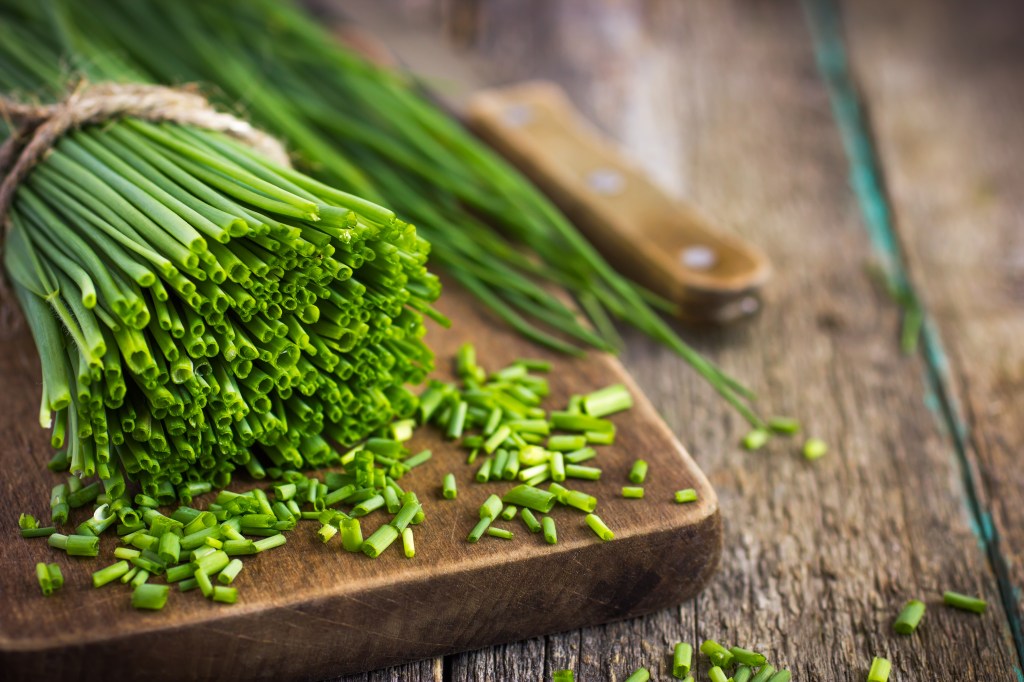
How To Grow: Plant in well-draining soil in full sun.
How To Use: Add it to salads, potatoes, and other savory dishes.
Added Bonus: Chives contain a potent substance called allicin that can help lower cholesterol and blood pressure.
5. Cilantro
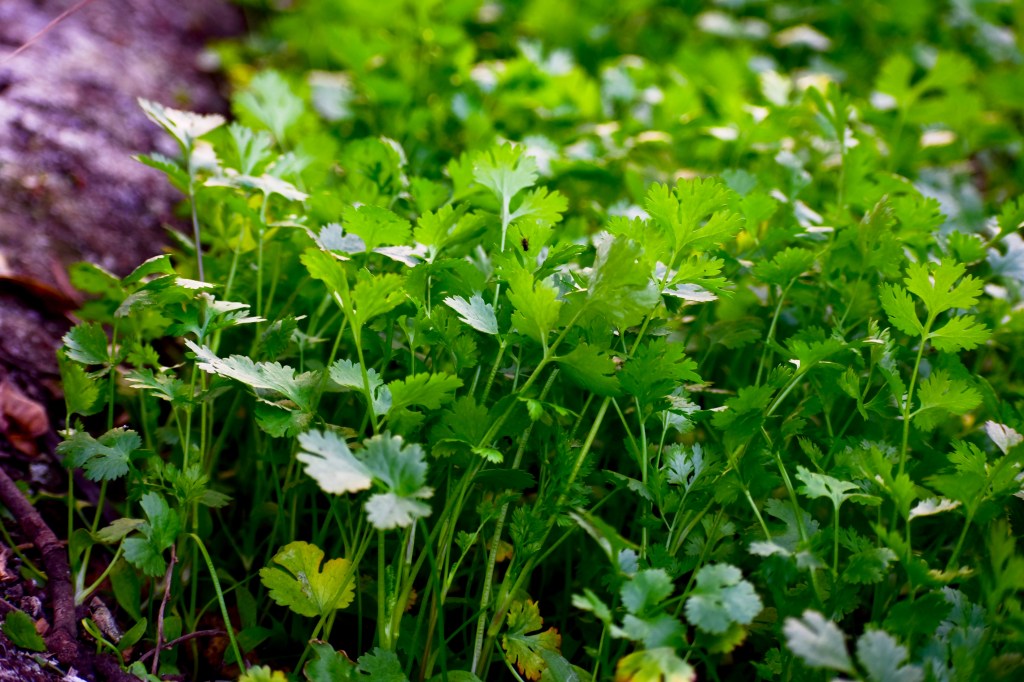
How To Grow: It thrives in well-draining, moist soil and prefers full sun. Pinch off flower heads to redirect the plant’s energy to foliage production.
How To Use: Its citrusy, peppery taste lends itself to foods from fajitas to chicken tikka masala.
Added Bonus: Cilantro can lower blood sugar and reduce anxiety.
6. Dill
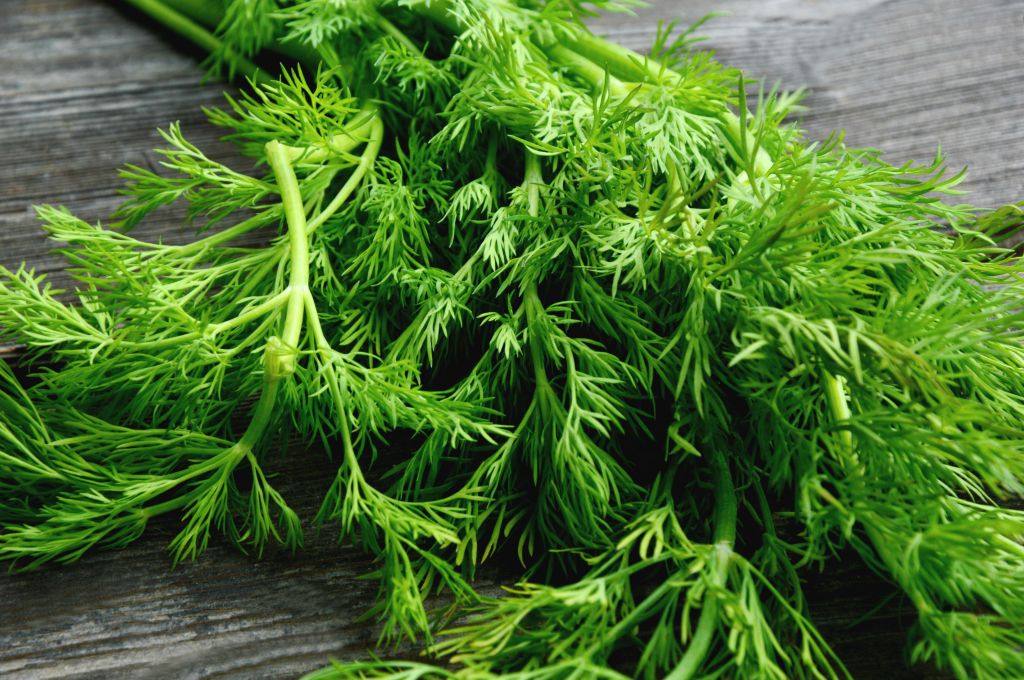
How To Grow: Plant it in full sun and well-draining soil. Place alongside cucumbers for protection from strong winds.
How To Use: Dill gives foods like tzatziki, borscht, and ranch dressing their distinctive taste.
Added Bonus: Use it for heartburn, and to reduce symptoms of colds, flu, menstrual cramps, and insomnia.
7. Echinacea
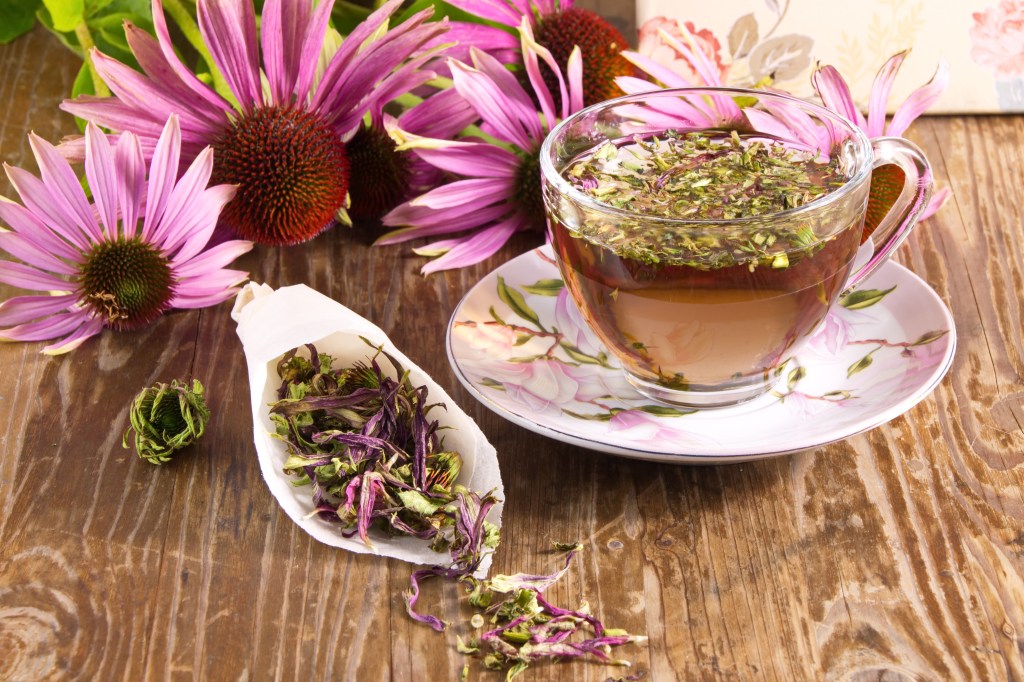
How To Grow: They bloom best in rich, well-draining soil with all-day sun exposure.
How To Use: Make tea by steeping the roots, flowers, leaves, and stems in boiling water.
Added Bonus: Known to strengthen the immune system, healers use it to treat flu, earaches, sore throats, and UTIs.
8. Fennel
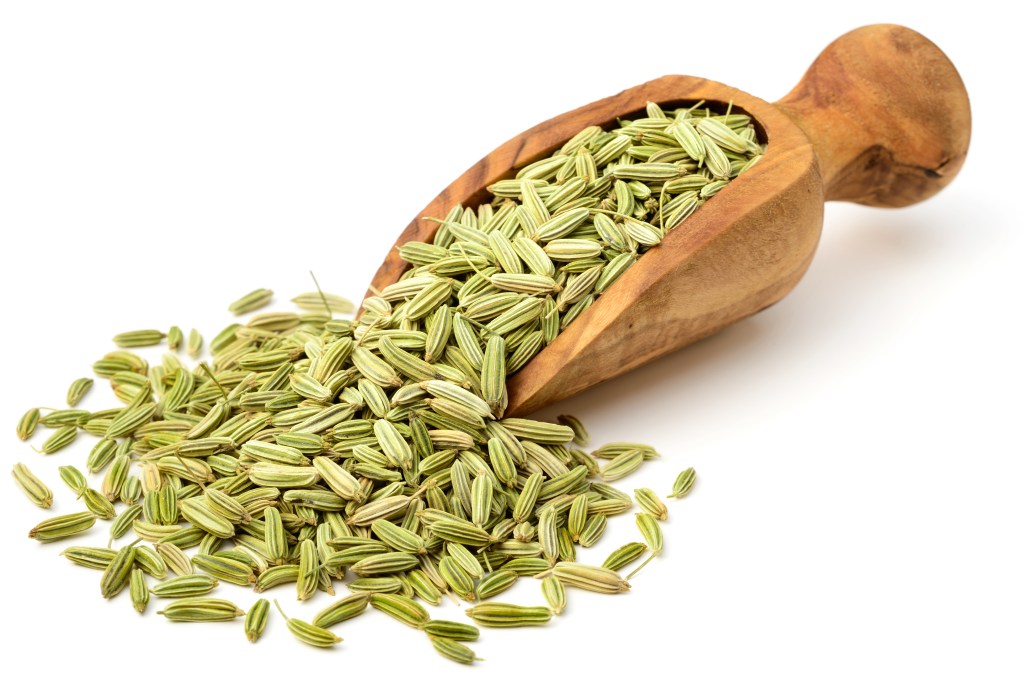
How To Grow: Plant in well-draining soil in a sunny location away from dill or cilantro.
How To Use: The bulb can be roasted or sauteed. Stalks can be used in soups and stews. Use feathery fronds as a garnish.
Added Bonus: Can help treat heartburn, gas, backache, coughs, and upper respiratory infections.
9. Lavender

How To Grow: Lavender grows best in full sun and well-drained soil, though in a hot climate, some afternoon shade will help it thrive.
How To Use: Dried lavender pairs well with lemony sweets and sugary cocktails.
Added Bonus: The relaxing scent is used in aromatherapy to reduce anxiety.
10. Lemongrass
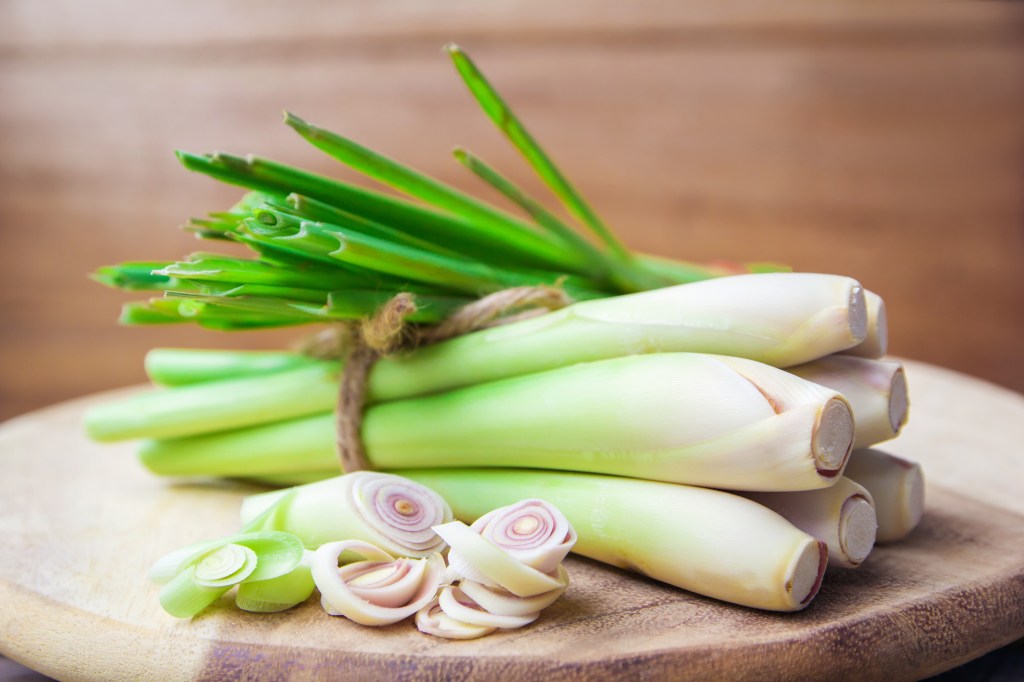
How To Grow: It grows best with the help of a nitrogen-rich fertilizer used throughout the season.
How To Use: Commonly found in Thai, Indian, Indonesian, and Vietnamese cooking.
Added Bonus: The herb has been used to boost immunity and to treat joint pain.
11. Marjoram
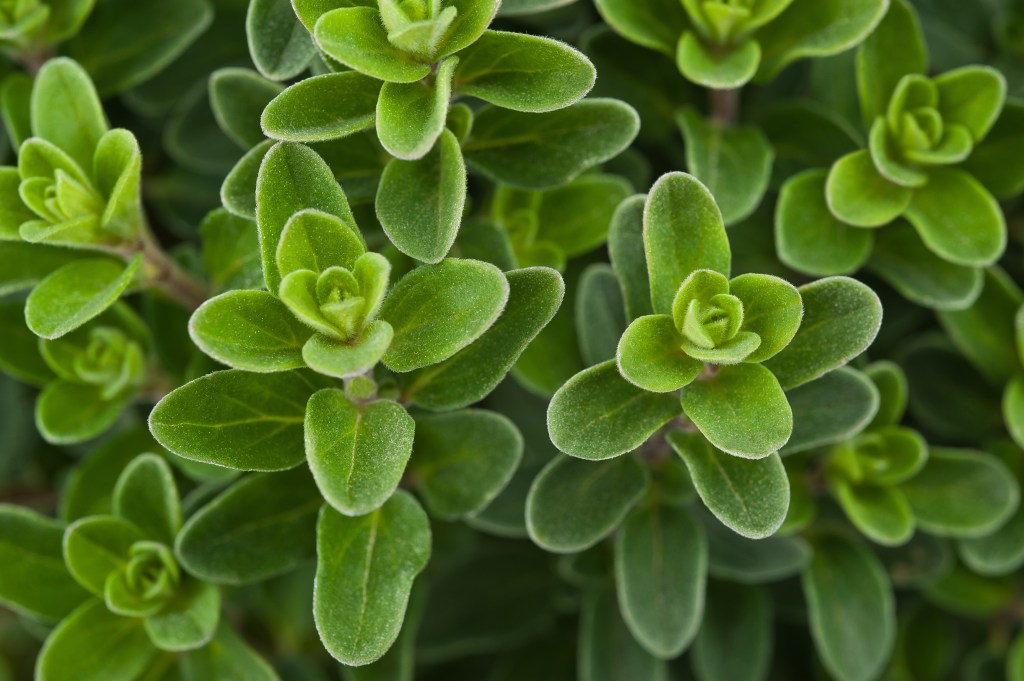
How To Grow: This no-fuss herb prefers full sun and well-draining soil. It requires little care beyond the occasional watering.
How To Use: Marjoram doesn’t hold up well under high heat, so add it toward the end of the cooking process.
Added Bonus: The tea can treat cold symptoms and soothe gas.
12. Mint
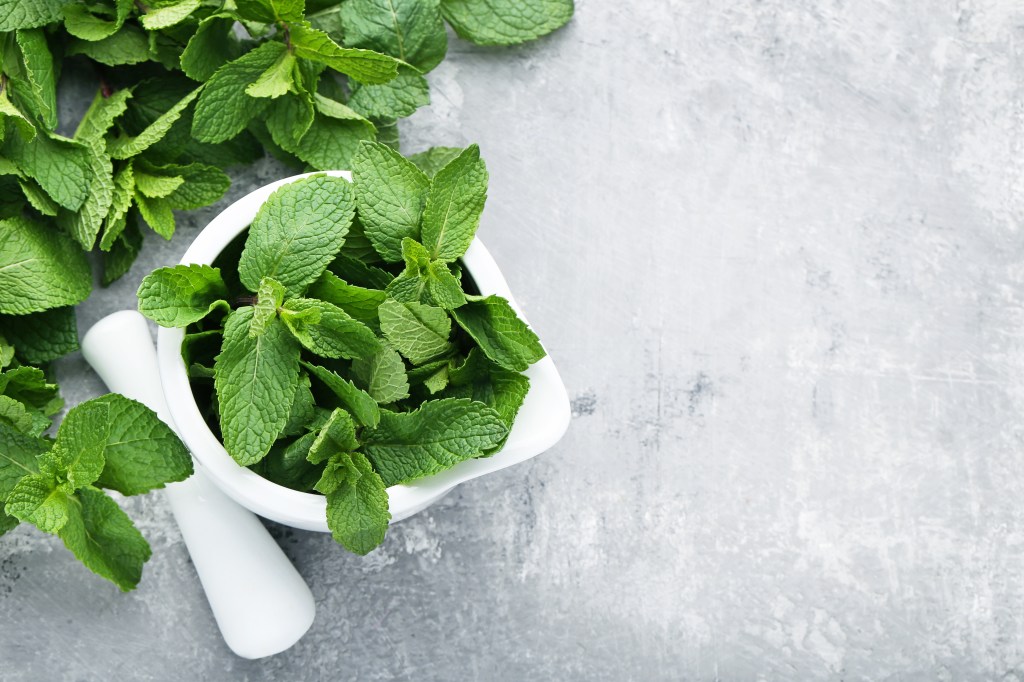
How To Grow: Plant in well-draining soil in full sun to partial shade. Mint is invasive — use a container so your plant won’t take over your yard.
How To Use: Works well in salads, sauces, desserts, teas, and cocktails.
Added Bonus: It can help treat colds, coughs, sore throats, and digestive issues.
13. Oregano
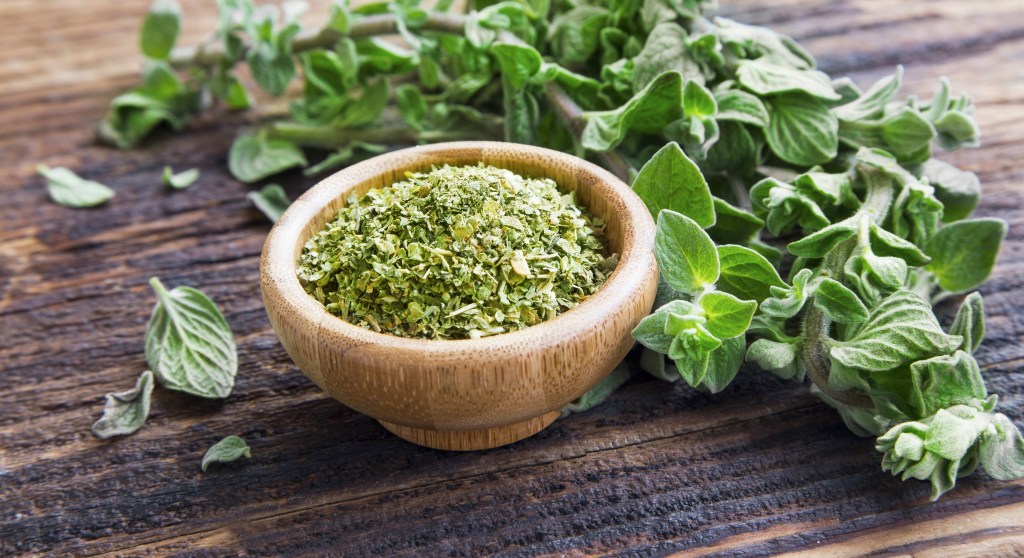
How To Grow: Oregano develops better flavor when it receives a full day of sunshine.
How To Use: Works well in Greek and Italian cuisine and is essential in Middle Eastern spice mixes like za’atar.
Added Bonus: It can relieve coughs, asthma, stomach upset, heartburn, bloating, and even yeast infections.
14. Parsley
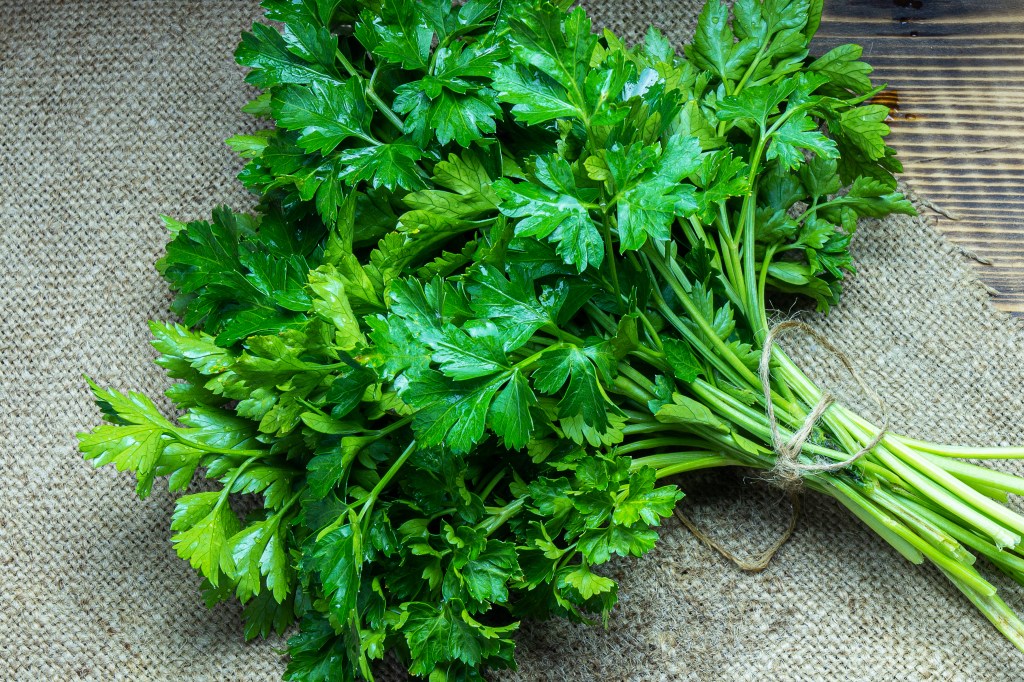
How To Grow: Parsley prefers full sun and well-draining soil. Harvest from the plant’s outer stems when they have at least three leaf segments.
How To Use: Both curly and flat-leaf have endless culinary uses, from marinades and stocks to sauces and garnishes.
Added Bonus: Parsley is high in vitamins K, A, and C, and its roots, leaves, and seeds are used to make medicine.
15. Rosemary
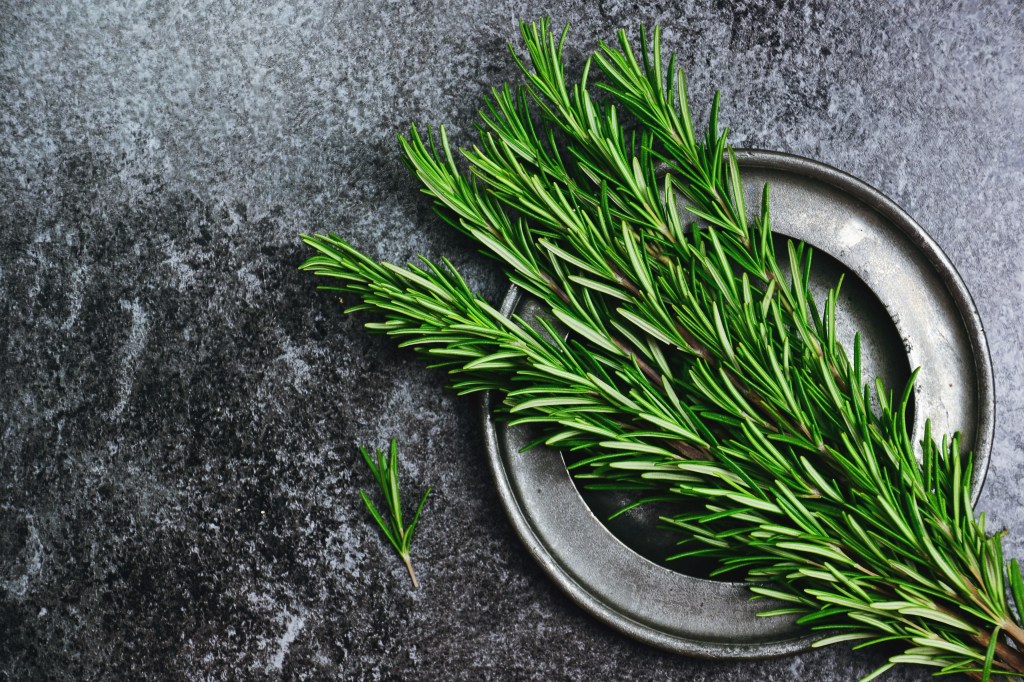
How To Grow: It thrives in warmth and humidity. Plant in sandy, well-draining soil in direct
sun.
How To Use: Chop up the leaves of the sweet, piney herb to sprinkle on roast potatoes or use entire sprigs to flavor stews, soups, and marinades.
Added Bonus: In folk medicine, rosemary tea is used as a pain and stress reliever. In recent months, rosemary oil has blown up across the internet as a potential hair-growth remedy.
16. Sage
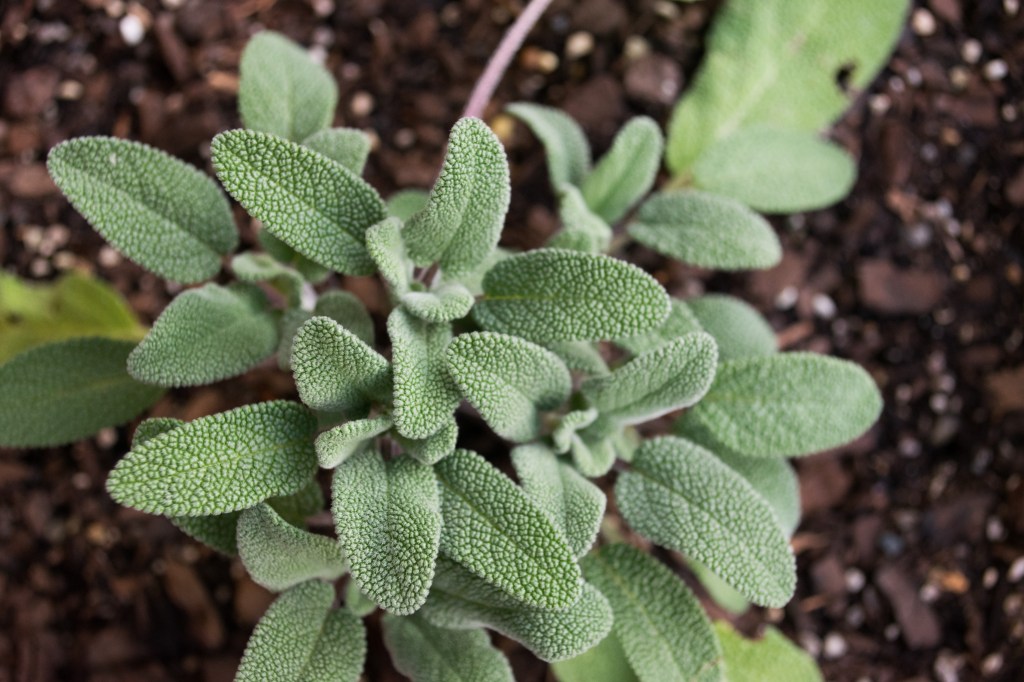
How To Grow: Look for Salvia officinalis and its subspecies to grow as a kitchen herb. Sage prefers medium to full sun and well-draining soil. Sage is a hardy plant and can withstand periods of drought, so err on the side of underwatering.
How To Use: Sage is perfect for seasoning brown butter sauces as well as holiday roasts.
Added Bonus: The ancient Romans used sage to aid digestion.
17. Savory
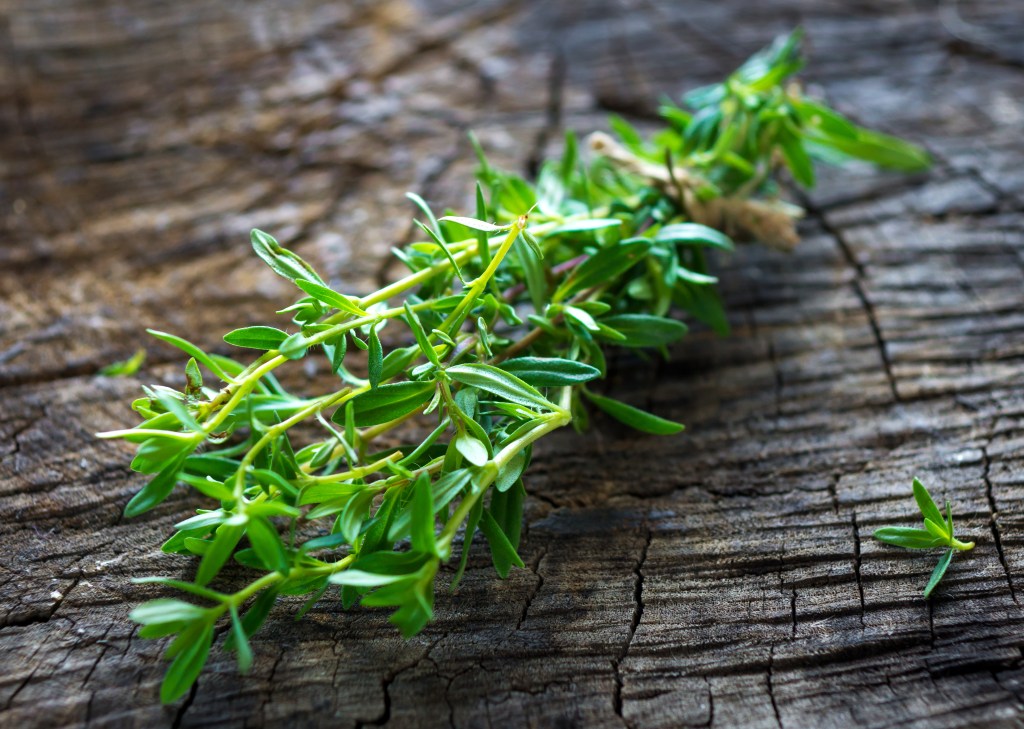
How To Grow: This easy-to-grow herb needs plenty of sun and rich, well-draining soil. The leaves develop the best flavor right before the plant flowers.
How To Use: Savory is a versatile herb that goes well with stuffing and meat dishes.
Added Bonus: Summer savory can be used to treat coughs, sore throats, and a number of gastrointestinal symptoms.
18. Sorrel
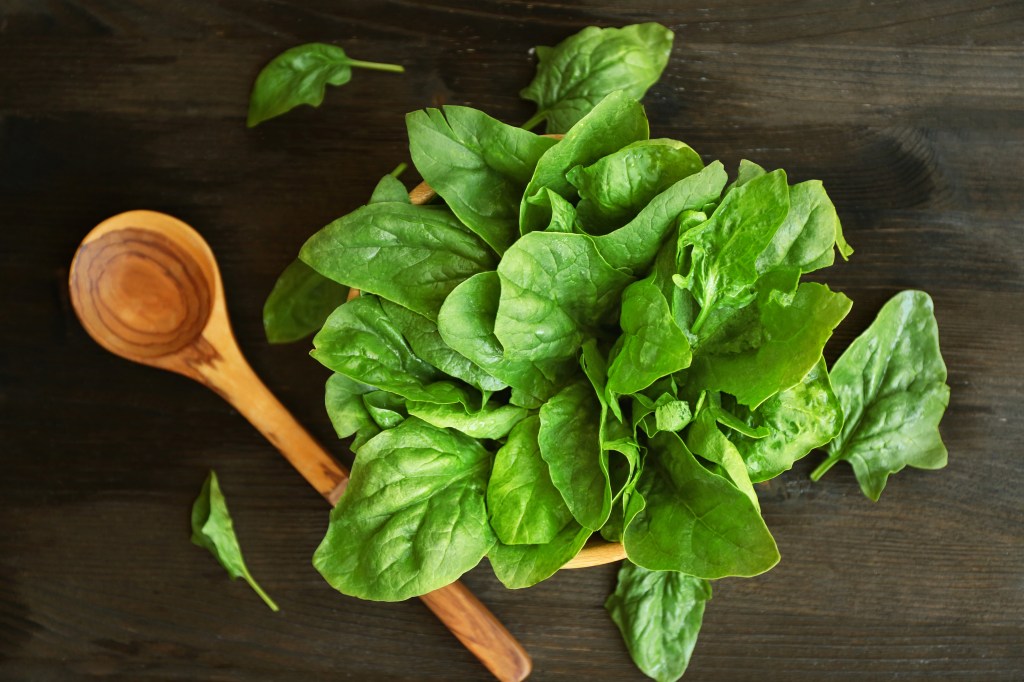
How To Grow: Sorrel prefers full sun to partial shade and soil that is moist with good drainage.
How To Use: This leafy green can be eaten raw in a salad with other spring greens or sautéed like spinach.
Added Bonus: Sorrel is particularly high in antioxidants that promote heart health.
19. Tarragon
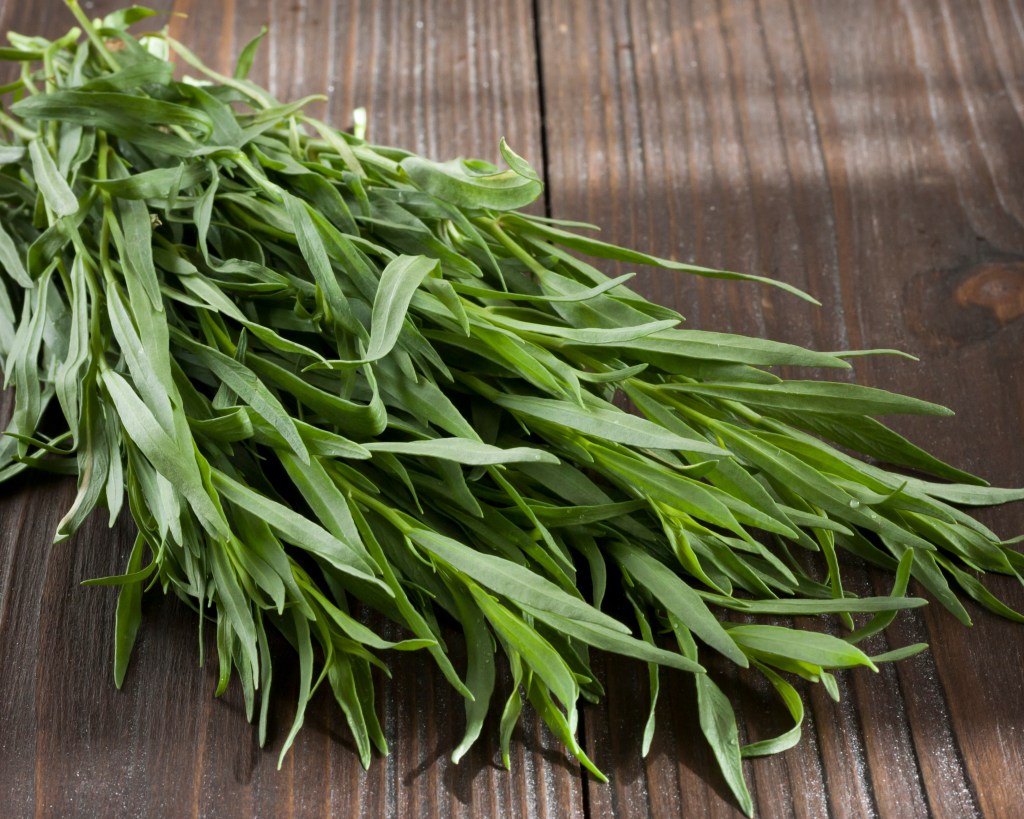
How To Grow: Plant in sandy, well-draining soil in partial to full sun. Prune regularly to encourage growth.
How To Use: Tarragon is used commonly in French cuisine and goes well with chicken dishes, salad dressings, and marinades.
Added Bonus: Tarragon contains manganese, iron, and potassium, and may help decrease blood sugar.
20. Thyme
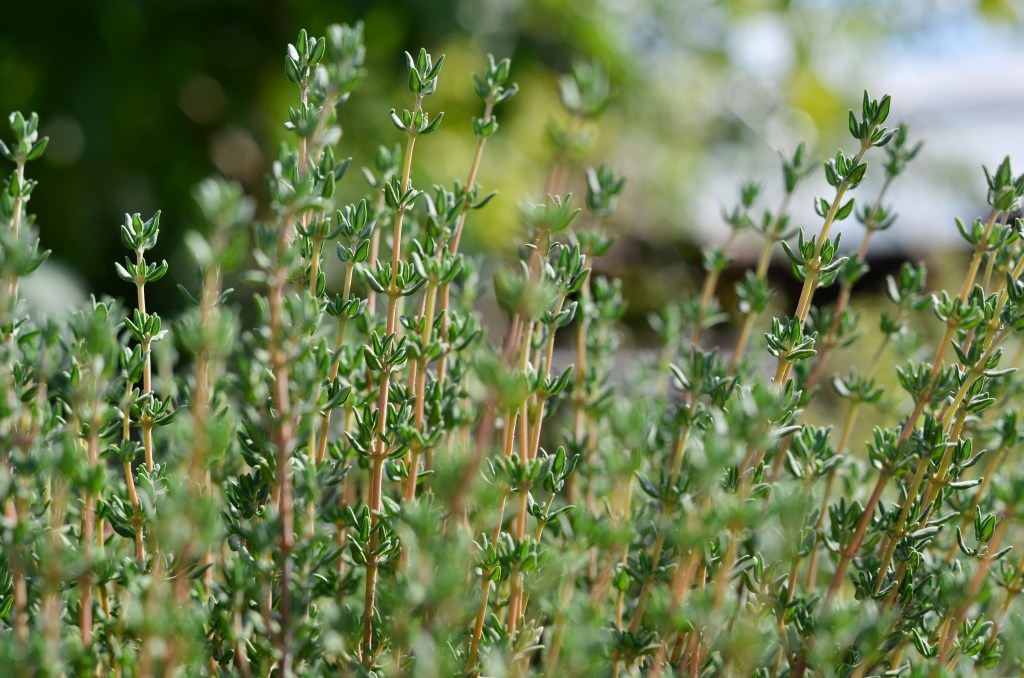
How To Grow: Thyme prefers full sun and well-draining soil.
How To Use: Thyme is commonly used in Mediterranean spice blends from herbes de Provence to za’atar.
Added Bonus: Recent research suggests thyme tinctures may be able to treat acne and improve uneven skin tone.
A version of this article appeared in our partner magazine, Grow Your Own Herbs.





